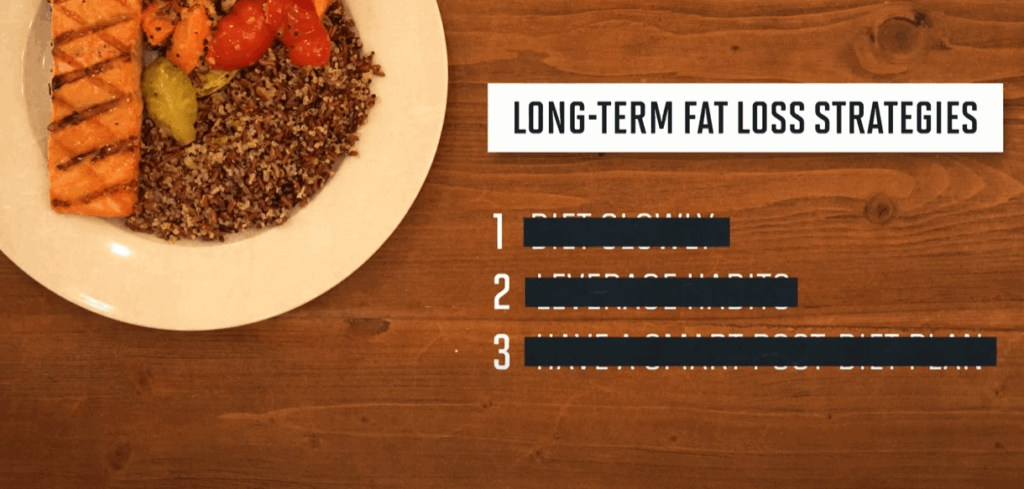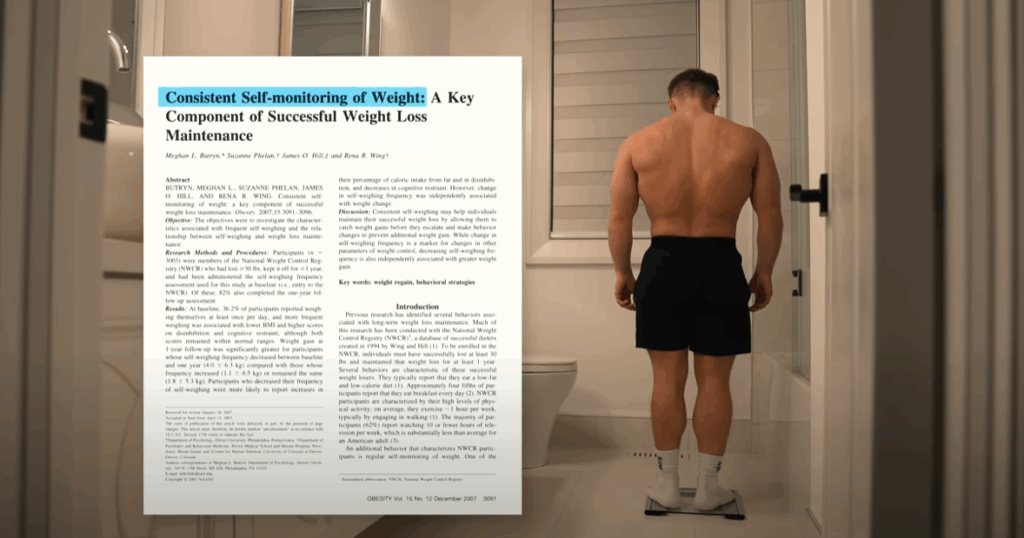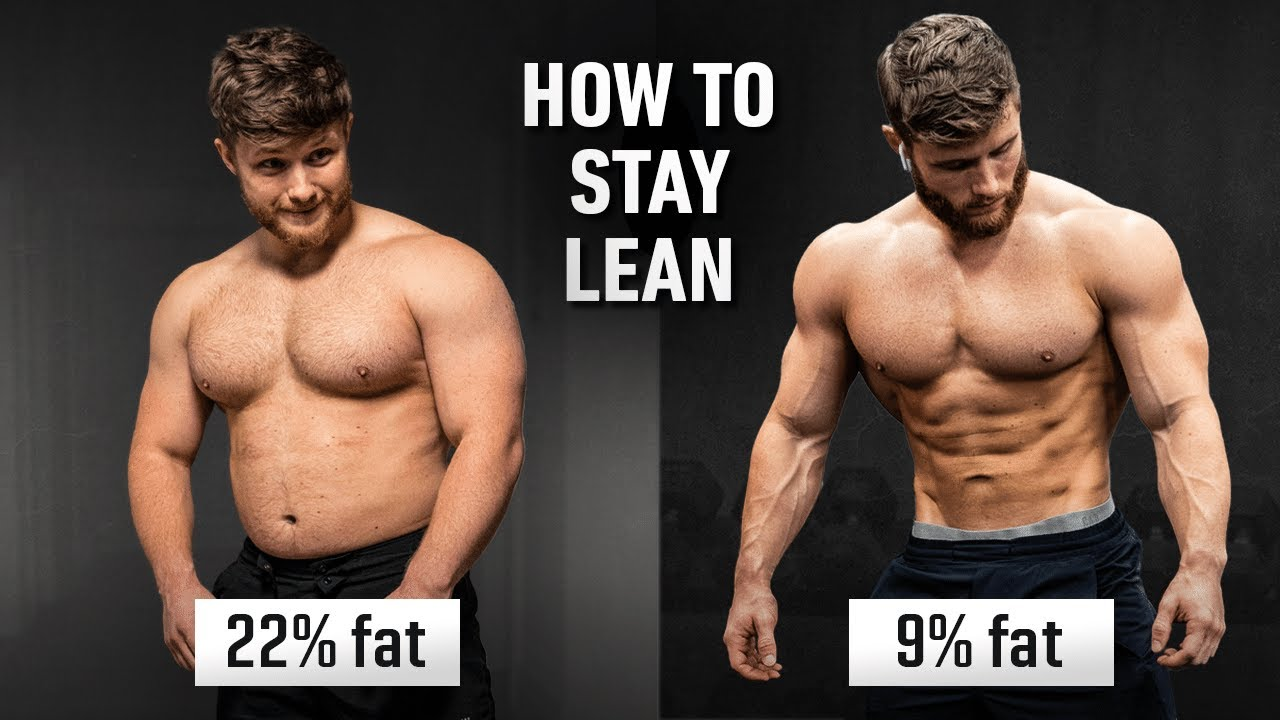How to Lose Fat and Actually Keep It Off: Science-Backed Long-Term Strategies
Each new year brings a surge of motivation to shed excess body fat. But while millions start strong, statistics reveal a harsh truth: most people eventually regain the weight they lose. Why does this happen, and more importantly, how can you avoid becoming part of that statistic?
Whether your goal is dropping a few pounds for summer or achieving sustainable year-round leanness, the key lies not just in losing fat—but in learning how to maintain it. In this guide, we’ll explore the fundamental science behind fat loss and three essential strategies to help you stay lean long after the diet ends.

Why Most Fat Loss Efforts Fail
It’s common knowledge that diets work in the short term. But keeping the weight off long term? That’s the real challenge. Studies show that even highly motivated participants—like those from “The Biggest Loser” reality show—often regain most, if not all, of the weight they lose. In some cases, people end up heavier than before.
So what’s going wrong?
The problem isn’t just willpower. It’s that most approaches treat fat loss as a short-term fix, rather than a lifelong behavior change. Aggressive dieting, food restriction, and excessive cardio can yield quick results, but they’re rarely sustainable. When the diet ends, old habits return—and so does the weight.
Understanding the Fat Loss Equation
To burn fat, you must consistently consume fewer calories than you expend. This creates a caloric deficit, which forces your body to tap into fat stores for energy.
Your body burns calories in four primary ways:
- Basal Metabolic Rate (BMR): The calories your body burns at rest to maintain basic functions like breathing and circulation.
- Exercise Activity: Calories burned through structured workouts.
- Non-Exercise Activity (NEAT): Movements like walking, cleaning, and fidgeting.
- Thermic Effect of Food (TEF): Energy used during digestion.
If your total daily calorie burn is 2,500 and you consume 2,000, you’re in a 500-calorie deficit. Sustain this for a week, and you’ll lose roughly one pound of fat.
But here’s the twist: as your weight drops, your metabolism slows. You burn fewer calories at rest, during workouts, and even while digesting food. This natural adaptation—known as metabolic slowdown—means your initial 500-calorie deficit may shrink over time, eventually stalling progress unless you adjust your intake or increase activity.
The 3 Pillars of Lasting Fat Loss
To succeed long term, any fat loss strategy must include these three non-negotiables:
- A consistent calorie deficit to promote fat loss.
- Resistance training to maintain muscle mass.
- Sufficient protein intake—ideally 0.7 to 1 gram per pound of body weight—to support recovery and satiety.
Beyond those essentials, there’s room for flexibility. Meal frequency, food choices, and dietary preferences can be customized to fit your lifestyle.
But if you want to not just get lean, but stay lean, here are three proven strategies that go far beyond the basics.

Strategy #1: Go Slow—Really Slow
Trying to lose weight fast might be tempting, but slower is often better. Aiming to drop 0.5–1% of your body weight per week (e.g., 1–2 pounds weekly for a 200-pound person) is a realistic, sustainable target.
In fact, many people find even slower weight loss more manageable. For example, losing just 0.5 pounds per week may seem like a crawl, but over 40 weeks, that adds up to 20 pounds—without the crash dieting, food obsession, or extreme restrictions.
Taking your time helps you stay relaxed, enjoy social events, and build sustainable habits. If you hit a temporary plateau or indulge during a vacation, it won’t derail your entire progress. Zooming out and viewing your fat loss as a long-term trend makes all the difference.
To estimate a starting point for calories, subtract 20% from your current maintenance intake. Not sure what that is? Use an online calculator or monitor your current intake and body weight over 1–2 weeks. Or keep things intuitive—eat more whole foods, control portions, and monitor weight trends weekly.
Strategy #2: Build Habits That Work on Autopilot
Motivation is fleeting. That’s why habits matter more.
One effective method is “temptation bundling”—pairing something you enjoy with a task that supports your goals. For example, watch your favorite show while walking on a treadmill. Or save a favorite podcast for your meal prep session.
Another tactic: optimize your environment. Don’t keep junk food at home if you tend to binge at night. Prep healthy meals in advance. Keep gym clothes visible and ready. Make good choices the default.
Habits turn discipline into routine. They remove the need for constant willpower, making healthy living feel natural—even on days you’re tired, busy, or stressed.
Strategy #3: Have a Post-Diet Plan
Reaching your goal weight is only half the battle. What you do next determines whether you stay there.
Two common mistakes sabotage post-diet success:
- Going back to old habits with no transition plan.
- Reverse dieting so cautiously that you remain hungry and burned out.
Instead of inching calories up week-by-week, jump straight to your new maintenance intake—usually 200 to 600 calories more than your deficit calories. Monitor your weight trend for 1–2 weeks. If it stays stable, that’s your new baseline.
From there, gradually increase calories toward the upper end of your maintenance range to allow for better training performance, fewer cravings, and more dietary flexibility.
If you don’t enjoy tracking calories, that’s okay. But keep tracking your weight—at least two to three times a week—to stay mindful and accountable.

Final Thoughts
Getting lean is hard. Staying lean is harder—but not impossible. The key isn’t another crash diet or extreme method. It’s consistency, habits, and a long-term mindset.
Set realistic expectations for your body type and genetics. Give yourself time. Prioritize strength training, protein, and lifestyle-friendly eating patterns. And most of all, have a plan for what comes after the diet.
When you build your approach around sustainable strategies—not just short-term motivation—you don’t just lose fat. You stay lean for life.



